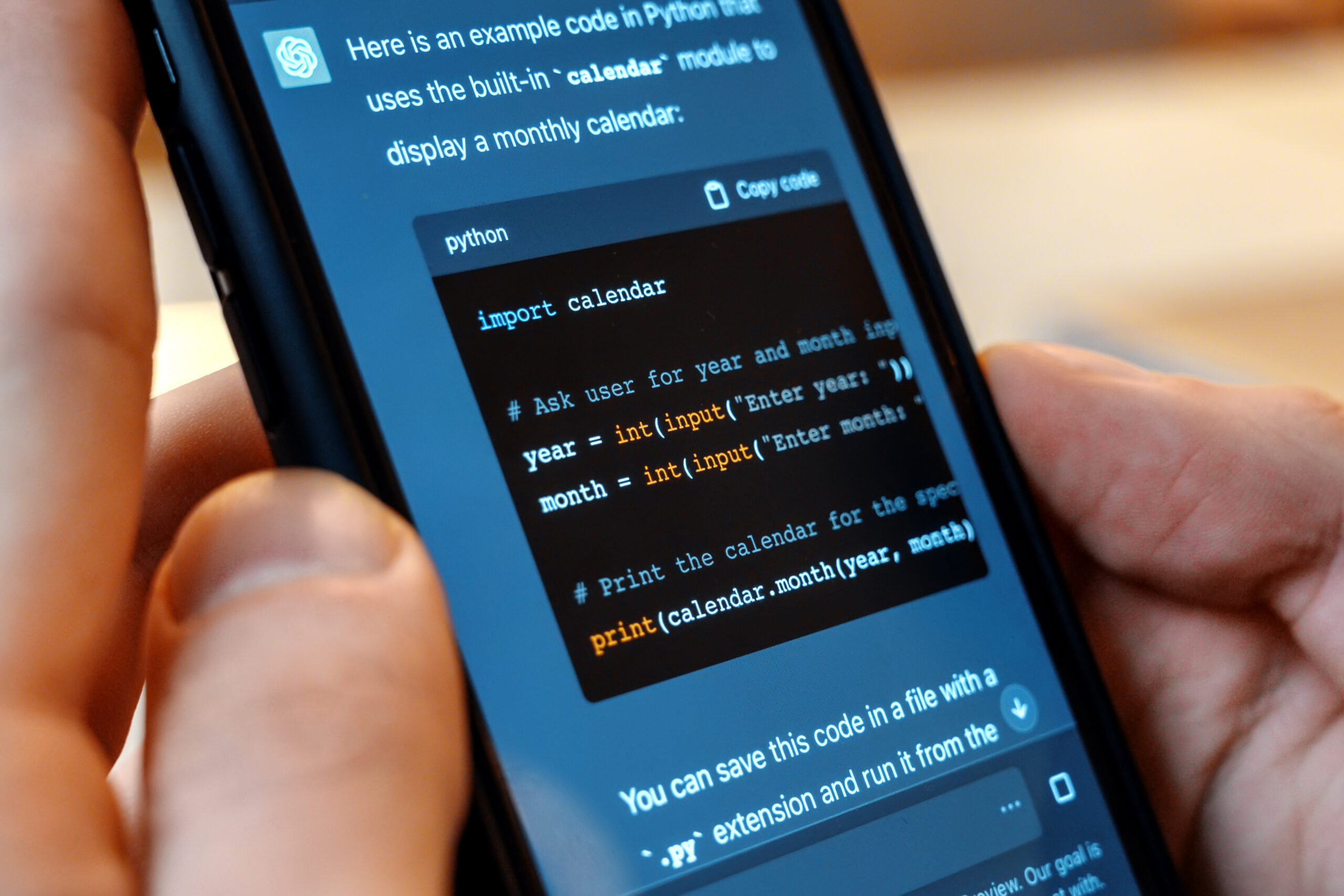
Person holding a smartphone with opened AI chat in it. User asking chat bot to write code in Python
Introduction
When we talk about artificial intelligence (AI) today, it often feels like something born overnight—a sudden technological miracle that appeared with tools like ChatGPT. But if we look closer, we find a story far older and far more human. From the first abacus carved in Mesopotamia to the neural networks of the 21st century, AI’s history is a journey of imagination, discovery, and sometimes disillusionment. It is a history full of breakthroughs, failures, and rebirths—each stage reflecting our endless desire to create machines that can think.
From our perspective, understanding where AI comes from helps us see what it truly is: not just code and algorithms, but the reflection of centuries of curiosity about intelligence itself. The dream of building a thinking machine is, at its core, a human story—a story that began long before computers, in the very first moment someone wondered whether thought could be replicated by logic.
The origins: from abacus to logic machines
Long before computers existed, humans invented tools to extend their minds. Around 2400 BCE, the abacus was created in ancient Mesopotamia, allowing merchants and scribes to calculate faster. It wasn’t intelligent, but it marked the first step toward mechanical reasoning—the idea that a tool could simulate part of our mental process.
Centuries later, this fascination with reasoning led to the birth of formal logic. Aristotle’s syllogisms in the 4th century BCE became the foundation for the idea that thinking follows patterns that can be reproduced. By the 17th century, philosophers like René Descartes and Gottfried Wilhelm Leibniz dreamed of “a universal calculus of reason”—a language through which thought itself could be automated. Leibniz even imagined a machine that could solve arguments by calculation, declaring, “Let us calculate!”
The Enlightenment’s obsession with mechanism gave rise to prototypes like Charles Babbage’s Analytical Engine in the 1830s and Ada Lovelace’s algorithms, the world’s first attempt to make a machine perform abstract reasoning. Lovelace foresaw something profound: machines might one day not just calculate but “compose music of any degree of complexity.” It was a prophecy of artificial creativity long before computers could even hum.
The birth of computer intelligence
The 20th century transformed those philosophical dreams into physical reality. With the invention of electronic computers in the 1940s, the question was no longer whether machines could calculate—they clearly could—but whether they could think.
One man captured this vision more than anyone: Alan Turing. In 1950, his paper Computing Machinery and Intelligence asked the simple yet revolutionary question: Can machines think? To test it, he proposed the Turing Test—a thought experiment where a machine would be considered intelligent if a human couldn’t distinguish its answers from another person’s.
Soon after, in 1956, the Dartmouth Conference in New Hampshire officially gave birth to the term artificial intelligence. Scientists like John McCarthy, Marvin Minsky, Allen Newell, and Herbert Simon gathered with a bold idea: that intelligence could be described so precisely that a machine could simulate it. They believed human reasoning could be turned into logic and code. Optimism soared—funding flowed, governments invested, and early programs began solving math problems, playing checkers, and even proving theorems.
For a moment, it seemed like the future had arrived.
The first AI winter
But reality quickly proved harsher than expectation. Early AI systems worked well in limited contexts but failed when facing the messy complexity of the real world. By the 1970s, progress had slowed dramatically. Computers were too weak, data was scarce, and algorithms lacked flexibility. Governments, frustrated by the lack of practical results, cut funding. The first AI winter began—a period of disillusionment and skepticism.
Yet, even in the cold, seeds were growing. The rise of expert systems in the 1980s brought AI back to life. These systems, like XCON at Digital Equipment Corporation, could emulate human expertise in narrow fields such as medical diagnosis or engineering design. For a while, AI was back in the spotlight. But again, limitations emerged: expert systems were rigid, expensive, and unable to learn. By the late 1980s, enthusiasm faded once more.
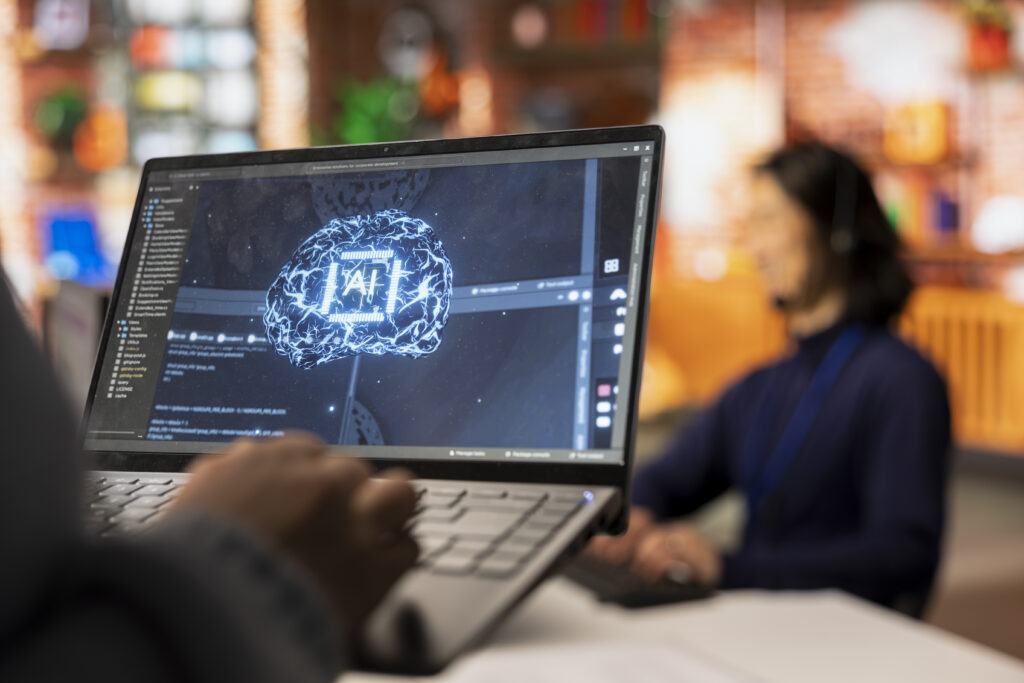
The quiet years and the rebirth of learning
The 1990s were quieter but crucial. Researchers began to realize that intelligence couldn’t be fully hardcoded; it had to be learned. This led to the revival of neural networks, inspired by the structure of the human brain. Early models like backpropagation networks allowed machines to adjust their parameters through experience, laying the foundation for modern machine learning.
In 1997, a turning point arrived. IBM’s Deep Blue defeated world chess champion Garry Kasparov, proving that machines could outperform humans in specific intellectual tasks. It wasn’t true thinking—but it was an undeniable milestone. AI had entered the public imagination again, and this time, it wouldn’t leave.
The age of data and deep learning
In the 2000s, as the internet exploded, so did the amount of available data—the raw fuel for AI. At the same time, computational power grew exponentially, making it possible to train ever-larger models. Researchers like Geoffrey Hinton, Yoshua Bengio, and Yann LeCun revived deep learning, creating neural architectures capable of recognizing speech, images, and patterns with astonishing accuracy.
By the 2010s, AI was no longer confined to research labs. It was in our phones, our cameras, our cars, our social media feeds. Google Translate, Siri, Alexa, and self-driving cars showed how machine learning could become part of daily life. AI had moved from the realm of theory to the core of our digital existence.
Then came transformers, a new architecture introduced by Google in 2017. Unlike previous models, transformers could process language with contextual understanding, leading to the creation of large language models—the foundation of systems like GPT, Claude, Gemini, and LLaMA. For the first time, machines could generate coherent text, code, and even art, blurring the line between automation and imagination.
The ChatGPT revolution
When OpenAI launched ChatGPT in late 2022, everything changed. Suddenly, millions of people around the world were conversing with a machine that could write essays, compose poetry, debug code, and hold meaningful dialogue. In less than a year, ChatGPT reached over 100 million users—the fastest adoption of any technology in history.
From our point of view, ChatGPT marked a cultural shift as much as a technological one. It made AI feel personal, accessible, and even creative. For the first time, ordinary people could experience what it meant to interact with a form of synthetic intelligence. The world began to ask new questions—not only what can AI do?, but what should AI do?
The ethical crossroads
But progress always comes with tension. The rise of generative AI has sparked global debates about ethics, authorship, and control. Who owns AI-generated content? How do we prevent bias or misinformation? How do we ensure that AI serves humanity rather than replaces it? The European Union’s AI Act and similar policies across Latin America and Asia are early attempts to balance innovation with responsibility.
We believe that these questions are not technological—they are profoundly human. AI reflects the data, the intentions, and the biases of those who create it. Its future, therefore, depends on the values we choose to encode.
Conclusion
The history of artificial intelligence—from the abacus to ChatGPT—is not just a timeline of machines; it’s a mirror of ourselves. Every invention in this journey reflects our eternal quest to understand and extend the human mind. We have built tools that calculate, reason, and now even converse—but behind them lies something deeply human: the desire to create meaning.
AI’s story has been turbulent—full of hope, failure, and rebirth. Yet its essence remains constant: curiosity. From ancient merchants sliding beads on an abacus to scientists training trillion-parameter models, the goal has always been the same—to think more deeply about thinking itself.
As we look ahead, we should remember that intelligence—real or artificial—is not an end, but a reflection of purpose. The machines we build will inherit our intentions. Whether they become tools of wisdom or instruments of control will depend not on their design, but on ours. In the end, the future of AI is not just about smarter algorithms; it is about wiser humans.
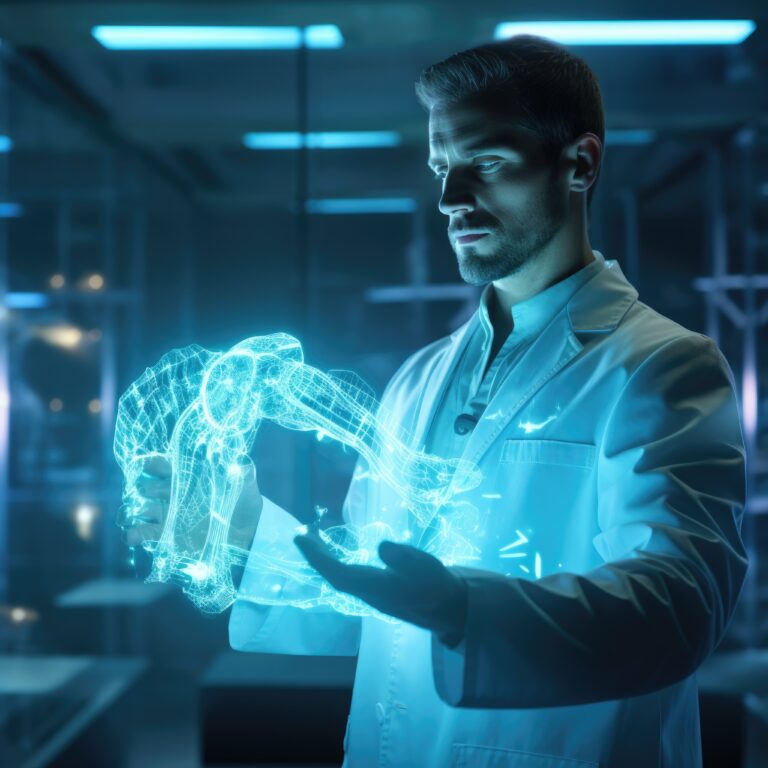
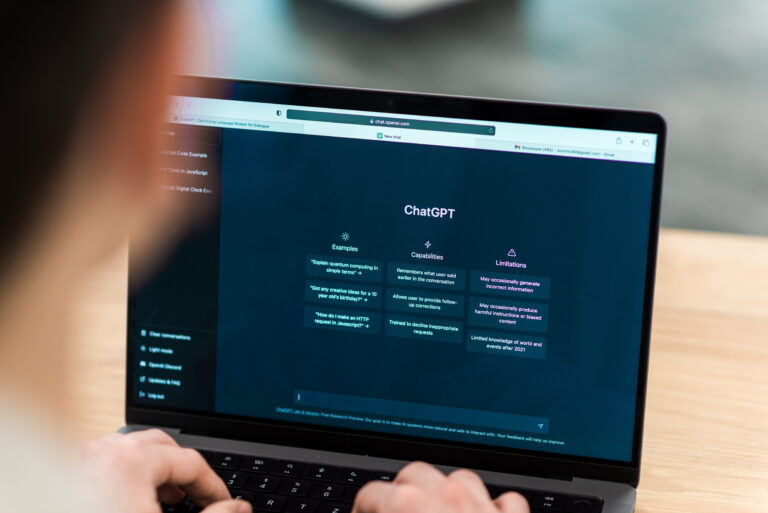
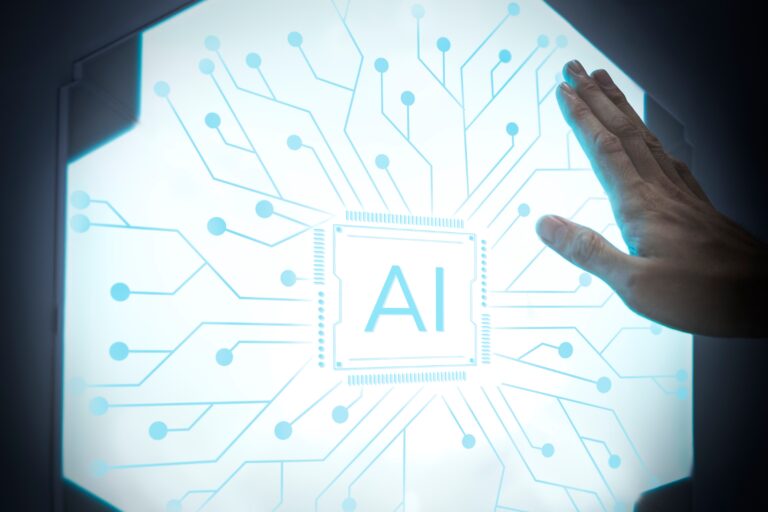
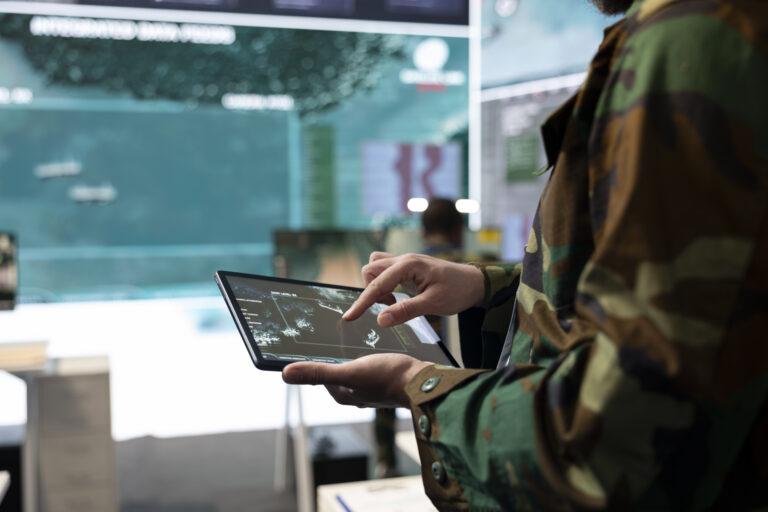
2 thoughts on “The turbulent history of Artificial Intelligence”